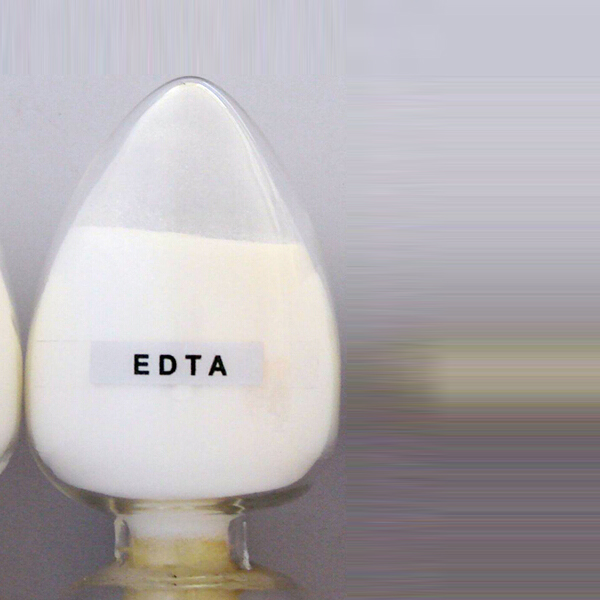
News
dec . 22, 2024 12:14 Back to list
chelated iron micronutrients
The Importance of Chelated Iron Micronutrients in Agriculture
Iron is an essential micronutrient that plays a vital role in plant growth and development. It is crucial for several biological functions, such as chlorophyll synthesis and electron transport in photosynthesis. However, iron is often found in forms that are not easily absorbed by plants. This is where chelated iron comes into play. Chelated iron micronutrients offer a solution to improve iron availability to plants, ensuring healthy growth and optimal yields.
What is Chelated Iron?
Chelated iron refers to iron that has been chemically bound to an organic molecule, known as a chelator. This process makes iron more soluble in water and enhances its availability to plants, even in soils with high pH levels or in conditions where iron can otherwise become fixed or unavailable. Common chelating agents include EDTA (ethylenediaminetetraacetic acid), EDDHA (ethylenediamine-N,N'-diacetic acid), and citric acid. These compounds form stable complexes with iron that protect it from becoming precipitated in the soil.
Benefits of Chelated Iron Micronutrients
1. Enhanced Iron Absorption The primary advantage of chelated iron is its increased bioavailability. Plants can absorb chelated iron more efficiently than unchelated forms because the chelate protects iron from oxidation and precipitation, making it readily accessible. This is particularly beneficial in alkaline soils, where iron is often rendered unavailable.
2. Improved Plant Health Adequate iron levels play a crucial role in photosynthesis and overall plant vigor. Iron is a key component of many enzymes and is essential for chlorophyll production. A deficiency can lead to chlorosis, characterized by yellowing of the leaves, poor growth, and reduced crop yields. By ensuring a steady supply of chelated iron, farmers can maintain plant health and productivity.
3. Flexibility in Application Chelated iron can be applied in various ways, including soil application, foliar sprays, and fertigation (the application of fertilizers through irrigation systems). This versatility allows farmers to choose the best method for their specific crops and environmental conditions.
chelated iron micronutrients

4. Long-Lasting Availability The stability of chelated iron means it can remain in the soil for an extended period without losing its efficacy. This long-lasting availability ensures that plants have continuous access to iron, reducing the need for frequent fertilization and offering cost savings.
5. Environmentally Friendly Chelated iron products tend to have lower environmental impact compared to traditional iron fertilizers. They reduce the chances of runoff and soil contamination since they require smaller quantities to achieve the desired effects.
Application and Recommendations
To maximize the benefits of chelated iron micronutrients, it’s crucial to conduct soil tests to determine existing nutrient levels. This helps in tailored applications that meet the specific needs of the plants. Generally, chelated iron should be applied at the beginning of the growing season, especially in high pH soils or in crops that are particularly sensitive to iron deficiency, such as leafy greens, fruit trees, and certain flowering plants.
In terms of concentration, farmers should follow the guidelines provided by product manufacturers, as different crops may vary in their iron requirements. Foliar applications can be particularly effective if deficiencies are detected late in the growth cycle, allowing rapid recovery.
Conclusion
In conclusion, chelated iron micronutrients play a critical role in modern agriculture by addressing iron deficiency effectively. Their ability to increase iron availability, improve plant health, and provide flexible application methods makes them an essential tool for farmers worldwide. As the demand for high-quality crops continues to rise, incorporating chelated iron into nutrient management plans will undoubtedly become increasingly important in sustainable farming practices.
-
OEM Chelating Agent Preservative Supplier & Manufacturer High-Quality Customized Solutions
NewsJul.08,2025
-
OEM Potassium Chelating Agent Manufacturer - Custom Potassium Oxalate & Citrate Solutions
NewsJul.08,2025
-
OEM Pentasodium DTPA Chelating Agent Supplier & Manufacturer High Purity & Cost-Effective Solutions
NewsJul.08,2025
-
High-Efficiency Chelated Trace Elements Fertilizer Bulk Supplier & Manufacturer Quotes
NewsJul.07,2025
-
High Quality K Formation for a Chelating Agent – Reliable Manufacturer & Supplier
NewsJul.07,2025
-
Best Chelated Iron Supplement for Plants Reliable Chelated Iron Fertilizer Supplier & Price
NewsJul.06,2025
